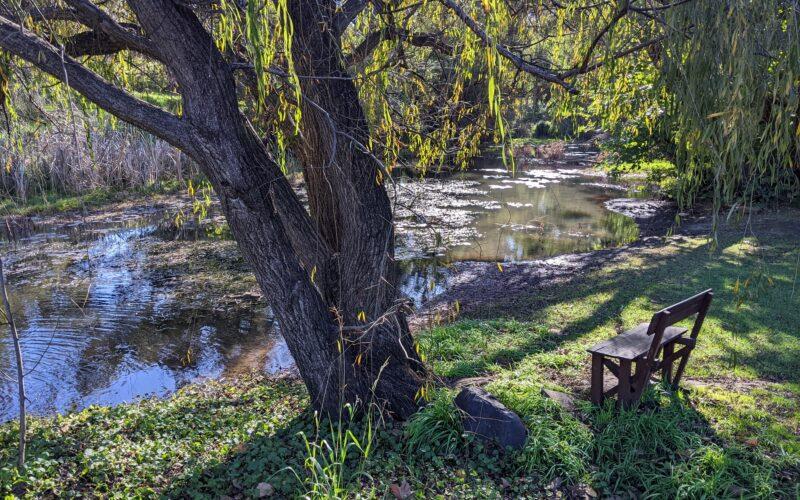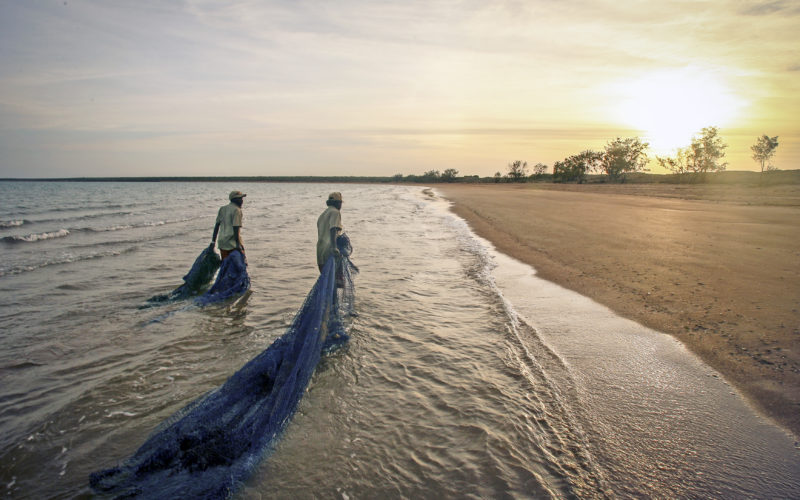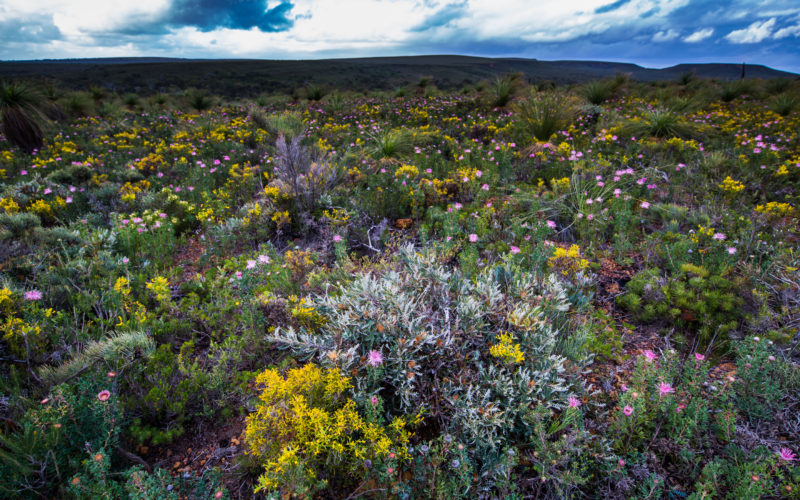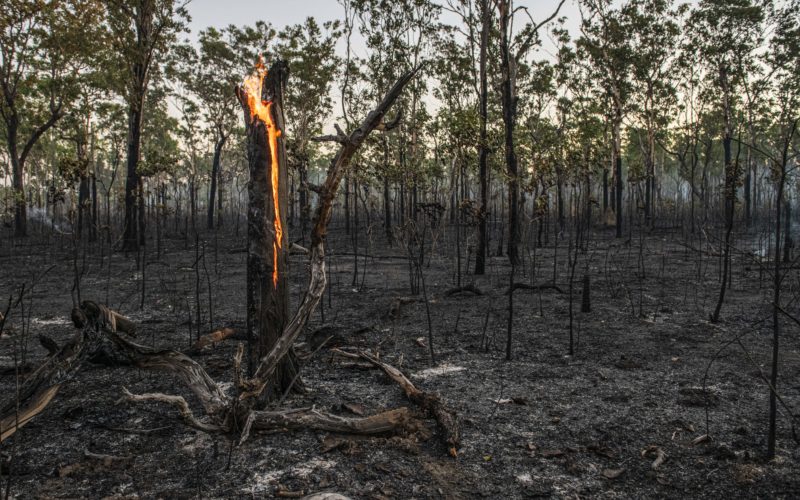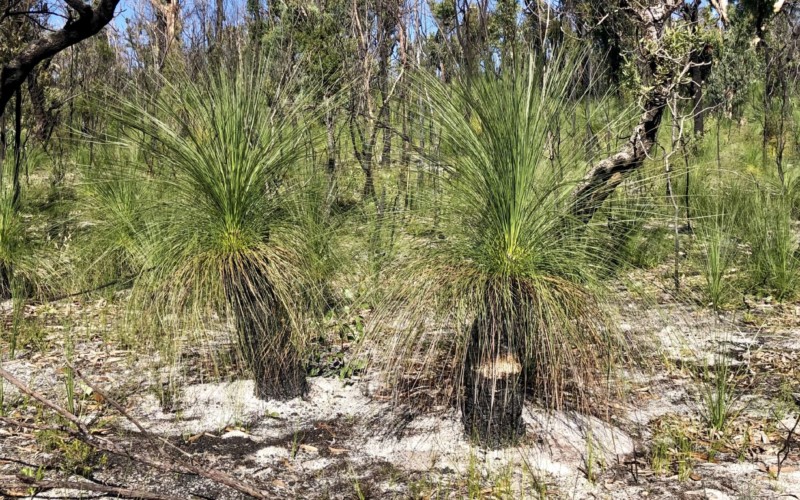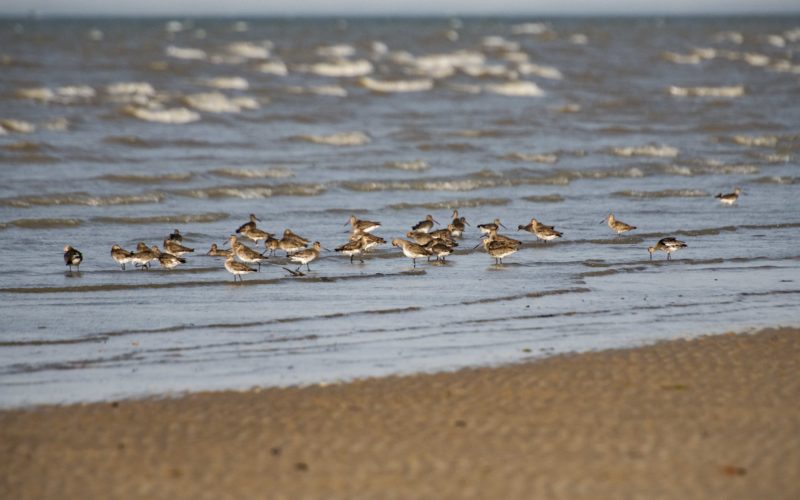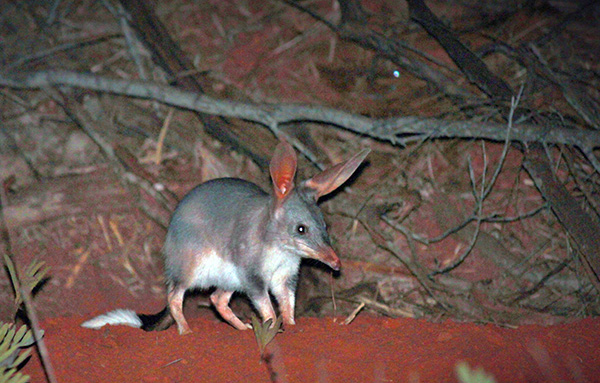
Professor Stephen van Leeuwen
Deputy hub leader, hub senior Indigenous facilitator
BHP Curtin Indigenous Chair of Biodiversity and Environmental Science
See Professor van Leeuwen’s full research profile here.
stephen.vanleeuwen@curtin.edu.au
Research outputs linked to policy change and decision-making
Highest qualification
Employment
Indigenous representation
Scientific representation
Bio
Professor Stephen van Leeuwen is Australia’s first Indigenous Chair of Biodiversity and Environmental Science, based at Curtin University in Perth, Western Australia. He obtained all his academic credentials from Curtin University, completing his PhD in 1997 on the ‘Reproductive biology and mating system of Banksia tricuspis’, a rare species endemic to the Mt Lesueur National Park.
Professor van Leeuwen is a respected South West Boojarah Wardandi Noongar leader with a profound respect for Country who engages and builds collaborative relationships with Traditional Owners and other land managers to co-deliver novel and enduring outcomes for biodiversity conservation, bio-cultural land management, and the stewardship of Country.
Professor van Leeuwen is a botanical ecologist, research scientist and senior manager with a diverse research pedigree extending from threatened flora surveys, fire ecology and threatened flora and fauna management through to biological surveys, arid zone ecology, plant taxonomy and pollination biology. He has worked for over 39 years across Western Australia, principally in the rangelands (Pilbara and Western Desert) and the Kwongan sandplains of the biodiversity hotspot that is south-west Western Australia.
As a former senior manager within the Western Australian government, Professor van Leeuwen provided leadership and oversight to a highly motivated, capable and dedicated team of professional, technical and administrative staff committed to the delivery of evidenced-based science to inform nature conservation and sustainable nature resource management. Professor van Leeuwen strives to build and deliver research collaborations where the outputs are focused on solutions which were co-designed and co-delivered in concert with conservation practitioners.

